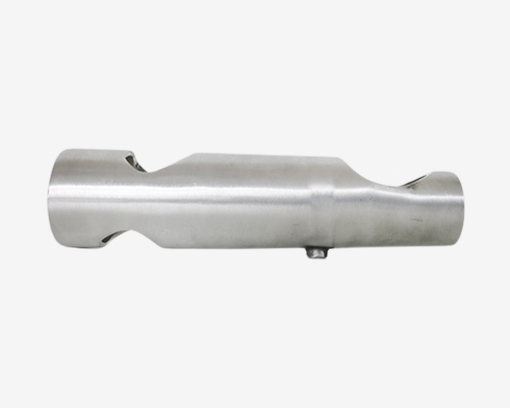1. Reduce the internal stress of the blank
Aluminum alloy forging manufacturers can use natural or artificial aging and vibration treatment to locally eliminate the internal stress of the blank. Pre processing is also an effective technological method. For rough products with fat heads and large ears, due to the large margin, there is also significant deformation after processing. If the excess parts of the blank are pre processed to reduce the surplus of each part, it can not only reduce the machining deformation of subsequent processes, but also release a local internal stress after being pre processed and left for a period of time.
2. Improve the cutting ability of cutting tools
The data and geometric parameters of cutting tools have a significant impact on cutting force and cutting heat. Proper selection of cutting tools is crucial for reducing deformation in deep processing of aluminum products.
1) Reasonably select the geometric parameters of the cutting tool.
2) Improve tool construction.

3. Improve the clamping method of workpieces
For thin-walled aluminum workpieces with poor rigidity, the following clamping methods can be used to reduce deformation:
① Regarding thin-walled lining parts, if clamped radially with a three jaw self centering chuck or spring chuck, once loosened after processing, the workpiece will inevitably deform. At this point, the method of compressing the axial end face with good rigidity should be applied. Using the inner hole of the component for positioning, make a threaded through shaft and insert it into the inner hole of the component. Use a cover plate to press the end face tightly and then back tighten it with a nut. When processing the outer circle, it can prevent clamping deformation and achieve satisfactory machining accuracy.
② When stopping the processing of thin-walled thin plate workpieces, it is best to use vacuum suction cups to obtain evenly distributed clamping force, and then process with smaller cutting amounts, which can effectively avoid workpiece deformation.





